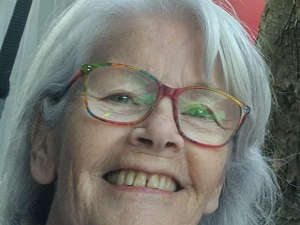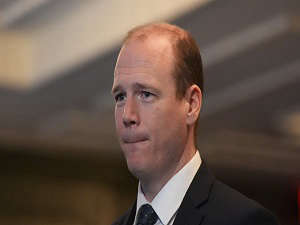
By Maria McCann
More than one fire fighter is injured in the line of duty every week in Northern Ireland.
Over 380 front line workers were hurt during a call out in the last five years, according to a freedom of information request by Q radio.
Area Commander Maurice Rafferty said: "We are trying to learn from each and every operation we go to. It is a hazardous environment. If you can appreciate we are going in where everyone else is evacuating from."
"The architecture around a fire is one where we are having lots of slip, trip and fall hazards.
"Every injury is something we see as a disappointment because we strive to improve health and safety every year in the service. That's a common theme across the UK where we try to learn from each and every operation we go to." said Commander Rafferty.
Since 2011 to 2016 injuries ranged from sprains and strains to broken bones including fractured ribs.
One crew member died shortly after an incident in County Armagh in 2014, however the Northern Ireland Fire and Rescue Service says this was not a work related fatality.
67 fire fighters and emergency call operators have left the Fire and Service since 2012 as a result of a work related injury or condition.

However the number of work related injuries in the service appears to be decreasing every year.
Last year, 63 fire fighters were injured compared with 82 in 2012-2013.
Area Commander Maurice Rafferty said: "Calls have also been reducing in that period and as much as we wish to improve our health and safety as well as managing investigations and learning from accidents. I think the good thing for us is that larger or more serious injury has dramatically fallen."

The Eastern Area which covers the greater Belfast Area has had the highest number of injuries since 2011 with 119 recorded in total.
Meanwhile, the Western area which is geographically the largest in Northern Ireland had the lowest number of recorded injuries. 95 crew members were injured in the last five years. The area stretches over Londonderry, Tyrone & Fermanagh, & serves around 400,000 people.


 Pensioner, 82, killed in crash near Omagh
Pensioner, 82, killed in crash near Omagh
 Kneecap announce new song ahead of headline performance at London’s Wide Awake
Kneecap announce new song ahead of headline performance at London’s Wide Awake
 Gordon Lyons to attend first GAA match as Stormont Communities Minister
Gordon Lyons to attend first GAA match as Stormont Communities Minister
 Fresh appeal over 1973 murder of 18-year-old whose body was found in quarry
Fresh appeal over 1973 murder of 18-year-old whose body was found in quarry
 Kneecap say terror charge is ‘carnival of distraction’ and ‘political policing’
Kneecap say terror charge is ‘carnival of distraction’ and ‘political policing’